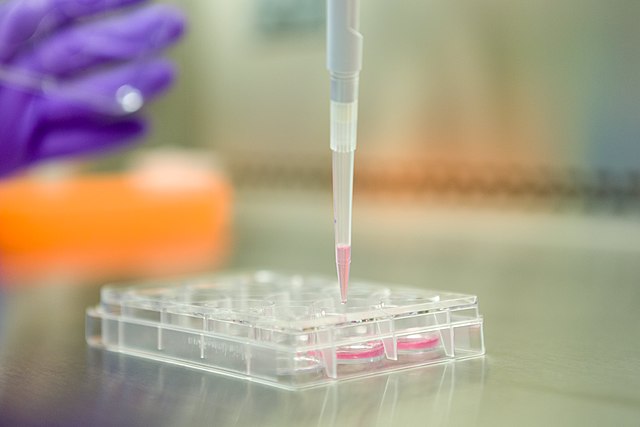
The beginning of September came with groundbreaking news regarding stem cell therapy as scientists have created an entity that largely resembles a human embryo in its early stages. They have done this without the use of sperm, eggs or a womb. It resembles a 14-day-old embryo and even released hormones that managed to turn a pregnancy test positive. Published in the journal Nature, this research has been described as the first “complete” embryo model for recreating all the key structures that occur during the development of an embryo.
In this experiment, the starting material were naive stem cells, reprogrammed in order to have the capacity to become any kind of tissue in the body. Using chemicals, these stem cells were encouraged to become four types of cells found in the earliest stages of human embryo development: epiblast cells which become the foetus, trophoblast cells which become the placenta, hypoblast cells which become the supportive yolk sac and extraembryonic mesoderm cells which also contribute to the yolk sac.
120 of these cells are mixed with precise ratios and then scientists step back and watch the magic unfold. Professor Jacob Hanna from the Weizmann Institute of Science says “You have to bring the right mix and have the right environment and it just takes off […] that’s an amazing phenomenon.”
Scientists hope that embryo models can help scientists explain how different types of cells emerge and even track and interpret the body’s organs as well as genetic and inherited diseases.
The reason for this research is to attempt to ethically understand the earliest moments of our lives and this is because the first few weeks after a sperm fertilises an egg are a period of lots of change- from a collection of cells to becoming recognisably a foetus on a baby scan. Notably, this is also when birth defects are picked up and miscarriages commonly occur. Scientists hope that embryo models can help scientists explain how different types of cells emerge and even track and interpret the body’s organs as well as genetic and inherited diseases. This kind of embryo creation holds huge potential in regenerative medicine and can even help to cure genetic disorders when used with gene therapy.
Embryo research is heavily debated legally, technically and ethically. In this experiment, embryo models were allowed to develop until they were comparable to an embryo, 14 days post-fertilisation. In many countries, this is the legal cut-off for normal embryo research so the experiment has raised questions as to whether embryo development could be mimicked past the point of 14 days. It would not be illegal to test this as embryo models are legally distinct from embryos themselves. Despite the legality, the embryo models are extremely close in resemblance to embryos and this would raise a plethora of questions related to the ethics.
The ISSCR (International Society for Stem Cell Research) is an independent, global, non-profit organisation promoting excellence in stem cell research and it has set out a number of recommendations that are to be closely followed when working with embryo-like structures. For example, to be ethical, these structures must be valuable, meaning that the scientific project must be actively testing a hypothesis that can produce important knowledge about human development. Along with the intention of the project, the necessity of the project, and the risks and benefits analysis, research must also be transparent. The ISSCR guidelines suggest that it is very important to monitor the research rigorously and oversight must be provided.
The creation of embryonic structures has come a long way to help us understand the development of human life as well as diseases and disorders that develop early. It continues to help us create treatment for previously incurable conditions and therefore, has and will continue to save lives. The ethics will continue to be debated but with full transparency and law adherence, there is no reason why this type of research should need to be halted.


